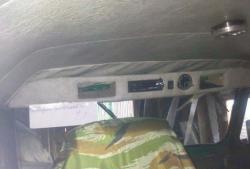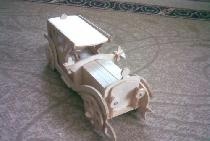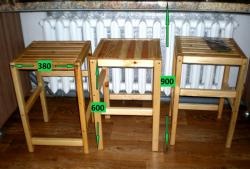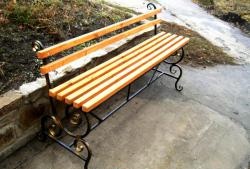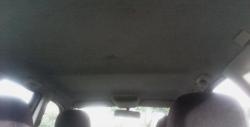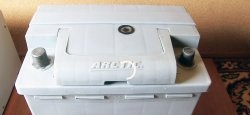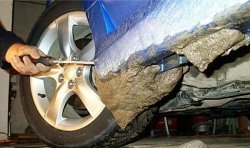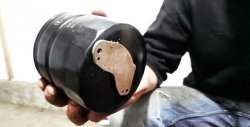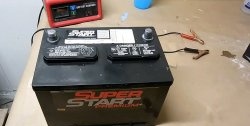Seat reupholstery
You can reupholster your car seats not only in a specialized salon, but also with your own hands. In this way, you can update worn out seats, as well as give the interior a unique and original style. What do you need to reupholster the seats yourself? You don't have to have any sewing education! All you need is your desire, patience and a sewing machine. The work is not very difficult, but quite painstaking. Therefore, if you are ready, I suggest you get started!
01. MATERIALS. What do we need and how much?
Our interior will be combined from two colors – black and beige. You can, of course, choose any other colors you like. For the central parts of the seats, I chose beige perforated eco leather (2.5 m). For the back parts of the back and pockets - beige without perforation (1.5 m). And for all other parts - black leather (3.5 m). Choose special automotive material. It is designed to withstand large temperature changes and is resistant to fading. Ordinary furniture leather is not suitable, as it is designed for comfortable conditions in apartments. You will also need thin foam rubber - 0.5 cm thick. They will need to glue all the leather parts. I have already duplicated the black material. But for beige it took 3 sheets of foam rubber.You will need special furniture glue. It is usually pink in color. It can be purchased in specialized stores.
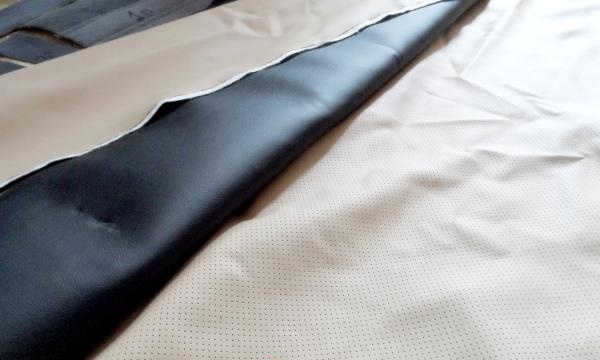
02. Sewing accessories.
- Purchase special leather needles, size 90 or 100.
- You will also need threads for sewing leather (ordinary ones will not work, they simply will not withstand the load). Look for threads labeled Extra Strong or for the shoe industry. You will need at least three coils of 200 meters each.
- 3-5 meters of adhesive interlining - according to the amount of foam rubber and perforated material.
- Machine oil.
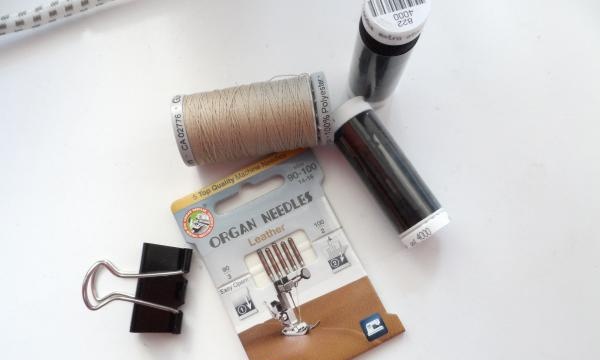
03. Preparation of material
We glue all the foam rubber with non-woven material using an iron. This is necessary so that the foam rubber does not crumble during use. The interlining also makes it easier for the foam to slide under the foot while sewing.
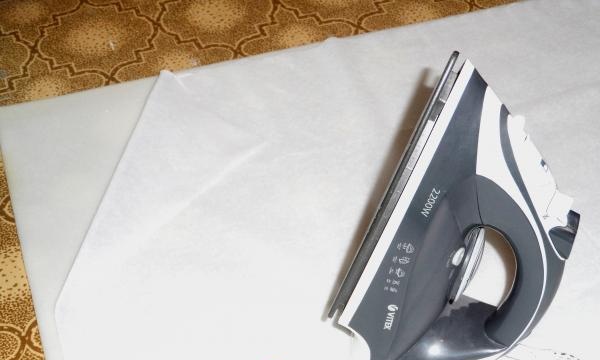
04. Let's get started
We remove all the trim from the seats (the seats were removed from the car a long time ago).
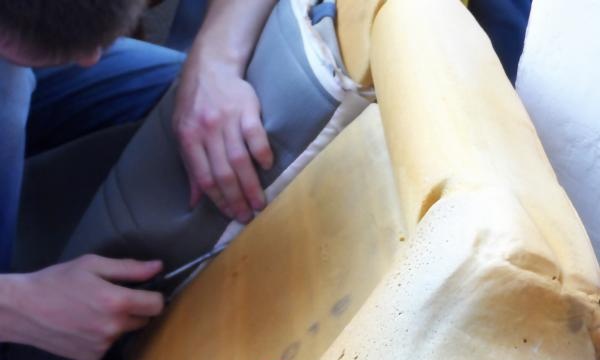
05. Marking
Now, looking at the case, everything seems clear and understandable to us. But when we break it down into parts, we can easily get confused about which part comes from where. Therefore, we take a marker and number each element of the case. For convenience, I drew a diagram of each seat and back on separate sheets and also numbered the parts. This way, it will be impossible to get confused.
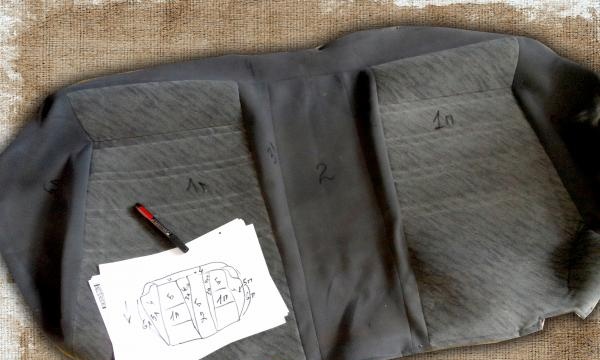
06. Knitting needles
On the wrong side you can find these “pockets” with knitting needles. We will need these wires for new cases. Take them out and set them aside for now. Be sure to remember where these needles are sewn and mark it on your paper diagram.
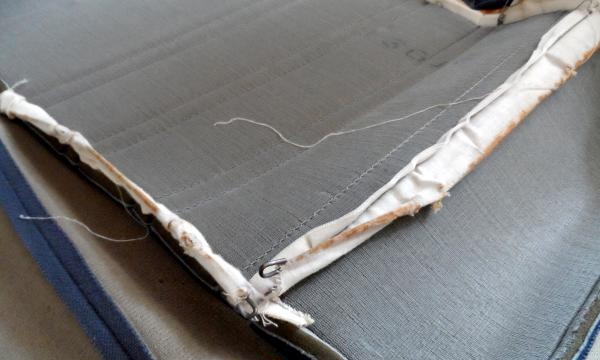
07. Preparing patterns
We rip out the covers. We cut off all seam allowances. This is what we ended up with – patterns for new cases.
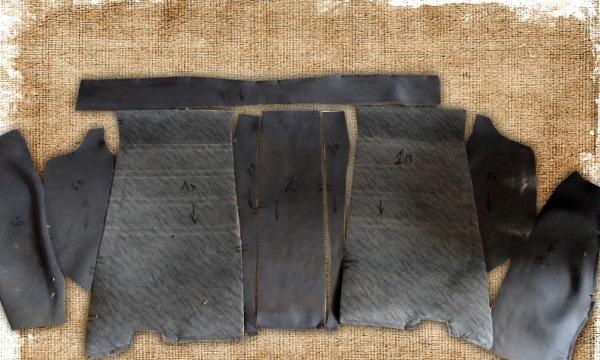
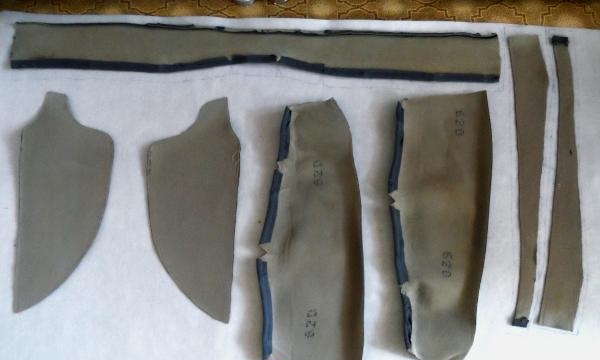
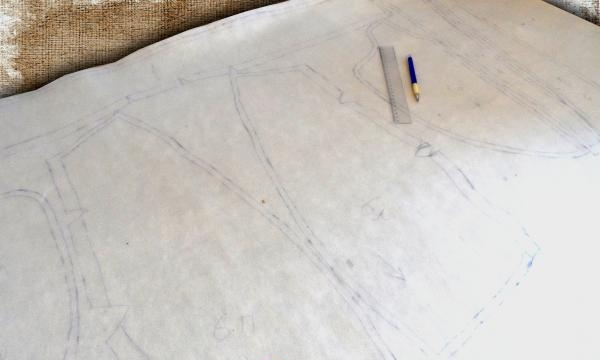
08. Cut
We transfer each detail to the leather.In order not to confuse anything and not get the parts in a mirror arrangement, we apply them to the wrong side of the material, wrong side up. As shown in the photo.
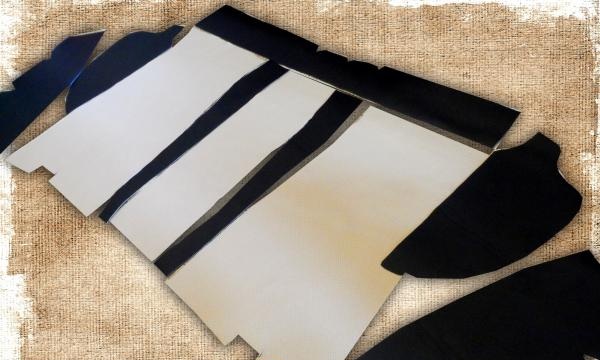
09. Seam allowances
Add 1 cm seam allowances on all sides (where required). Don't forget to number all the parts.
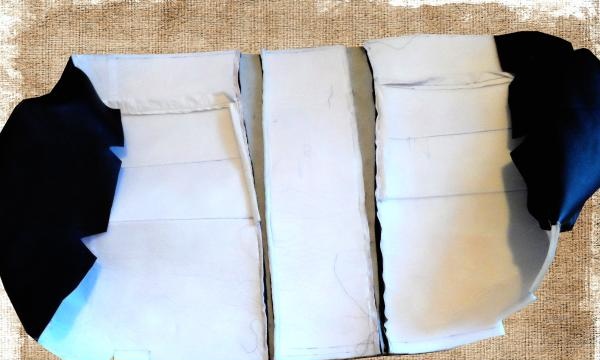
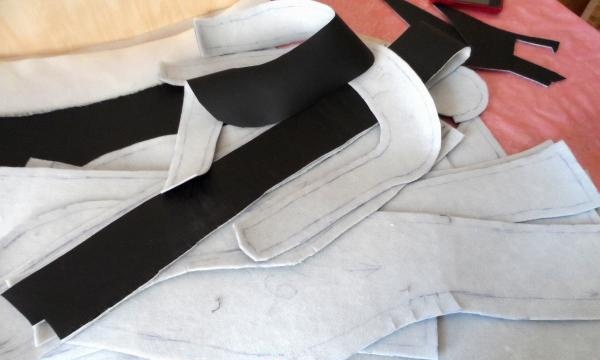
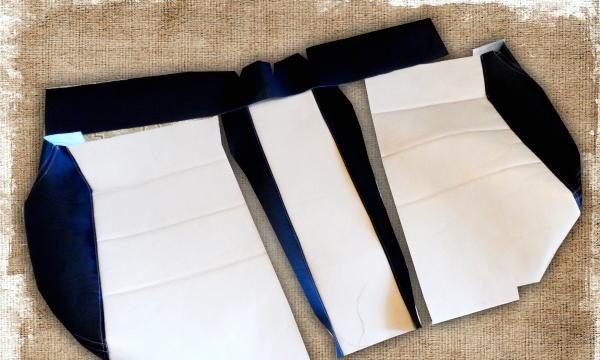
10. Cut it out
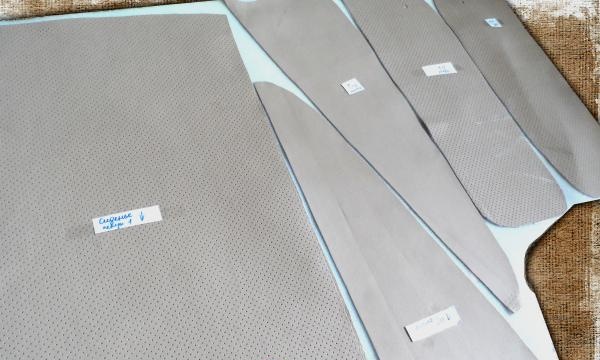
11. We receive a set of new parts for the covers
In this case, it is the back seat. But we do the backrest and both front seats in the same way.
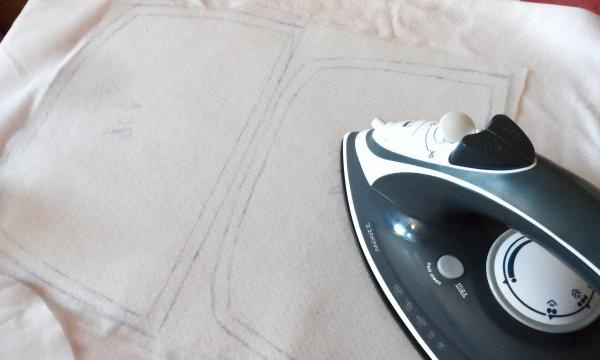
12. Glue
As mentioned earlier, parts made from deputy leather must be glued with foam rubber. I only need to work with beige. I have a black leather jacket ready for sewing. Ideally, you need to glue it with a spray gun. But at home this is not always possible, so we apply the glue with a brush or rubber spatula. Practice on scraps of material, whatever suits you best. Please note that we glue the foam rubber to the skin with the side that is without interlining.

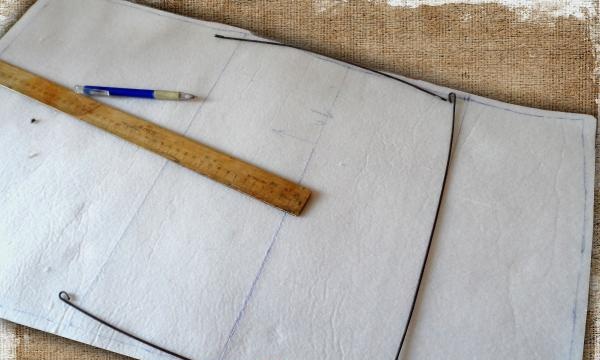
13. Possible problem
I had a problem with perforated eco leather. When trying to glue such parts to the foam rubber, the glue leaked through the holes. The solution was found as follows: first glue the material with non-woven material from the inside out, and then glue foam rubber to it. That is, it turned out to be such a sandwich - eco leather + non-woven fabric + foam rubber + non-woven fabric.
14. Let's start sewing
When the glued parts have dried, we cut them out and start sewing. We start with the central parts of the seats (or backrests). Apply markings for decorative stitches.
15. Knitting needles
We put the knitting needles on the wrong side and mark where they should be (exactly in the same place as on the old covers).
16. To sew on knitting needles, cut out strips from any fabric equal to the length of the wire. Fold it in half lengthwise and sew it to the wrong side of the corresponding piece.
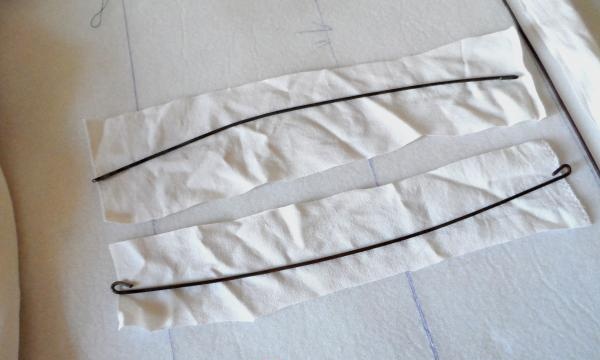
17.We sew decorative stitches on a sewing machine, having previously lubricated the front side with oil. This is necessary so that the machine foot moves more easily through the material.
18. Assembling parts
Now that all the parts are ready, let's start assembling. We sew all the elements of the cover into one. Here we just need our paper diagram.
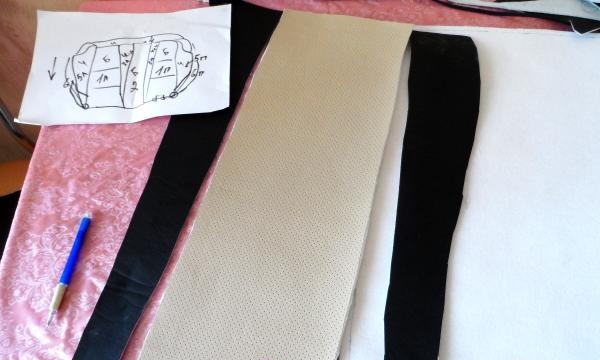
19. We sew down all the parts one by one.

20. Clothespins
These office clothespins can be very useful in your work. We use them to connect the parts so that they can be stitched smoothly on the machine. You should not use needles or basting, because... There will definitely be unnecessary holes in the material.
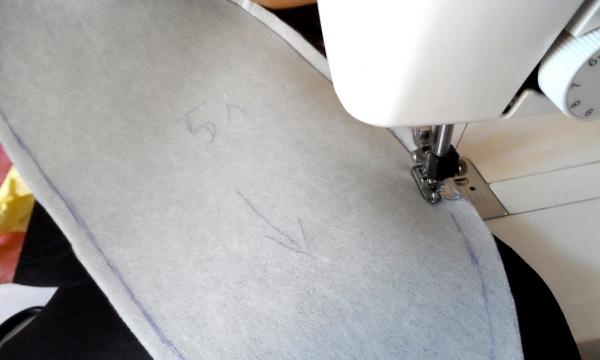
21. After stitching the parts, cut off the foam from the seam allowances.
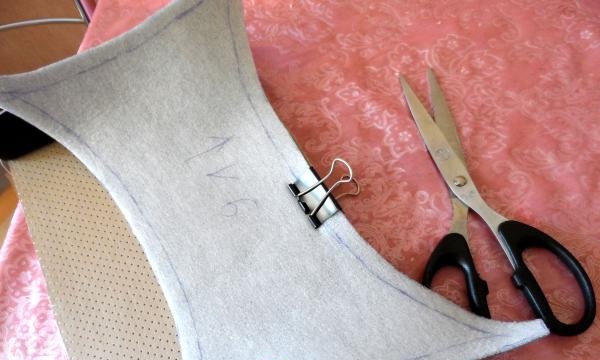
22. Topstitching
Turn the cover over to the front side and add decorative stitching. Again, for better glide, wipe the front and back surfaces with machine oil.
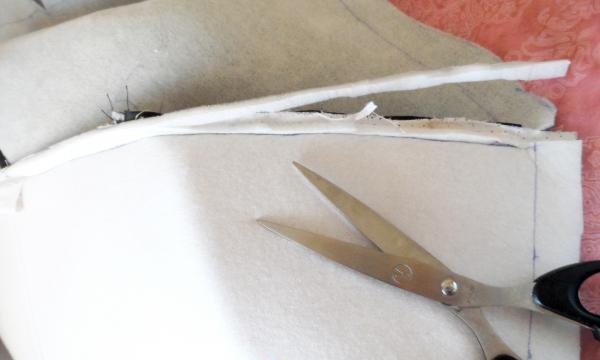
23. This is the order in which I grind down the parts. First the left and right elements into one.
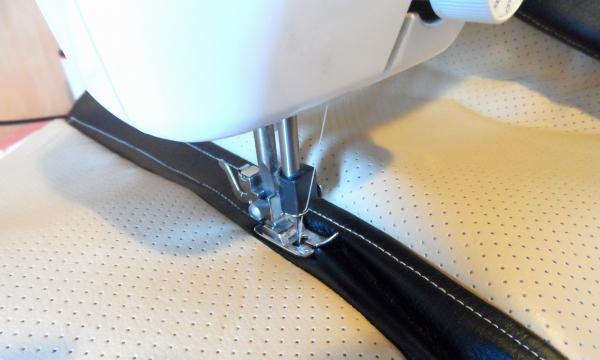
24. Now we sew the left and right parts together. We process the lower and upper sections, thread the cords and knitting needles that were in the old casing.
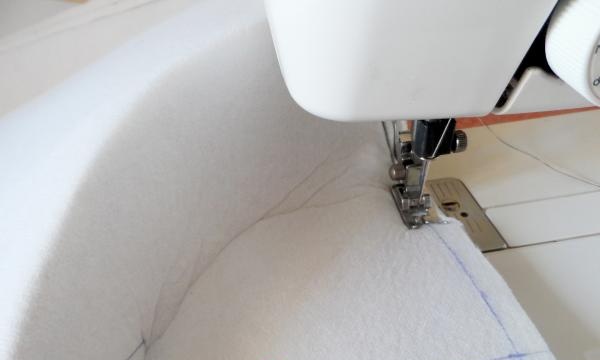
25. View of the cover from the wrong side. All that remains is to put all the knitting needles in place.
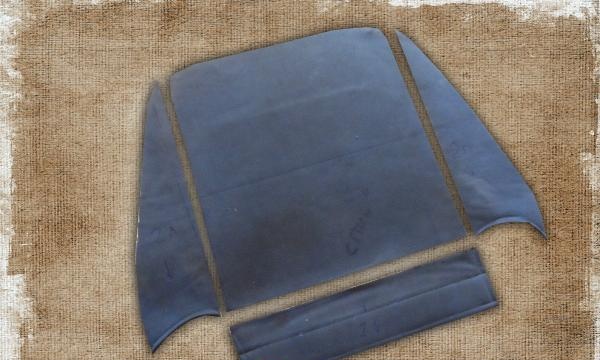
26. Let's continue
We sew the remaining covers - for the front seats, headrests and backrests in the same way. All over again - we rip out the old casing, cut out new parts, etc. I decided to change some details a little. For example, sew pockets into the back of the front seats. Therefore, I cut one solid part into several elements.
27. Result
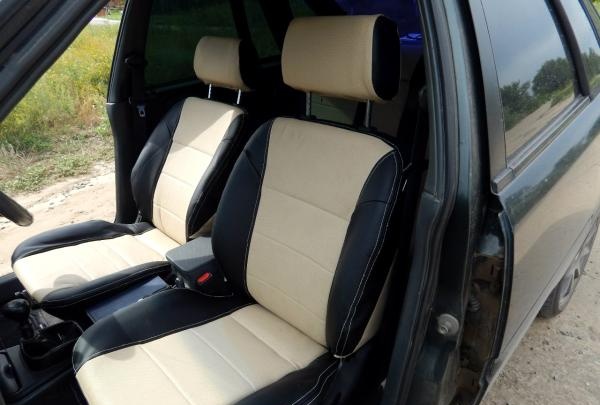
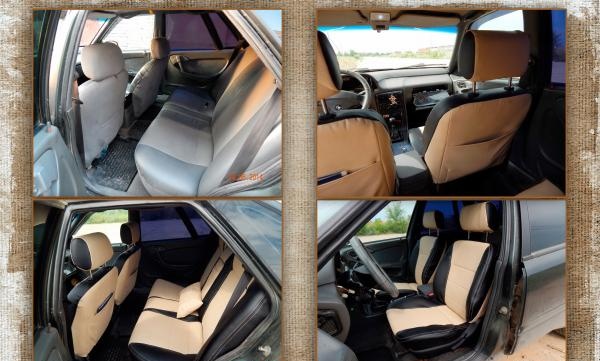
After working with all the covers we have, we get new upholstery for car seats. We pull everything into place and admire the work done. The photo shows the salon “before” and “after”.

